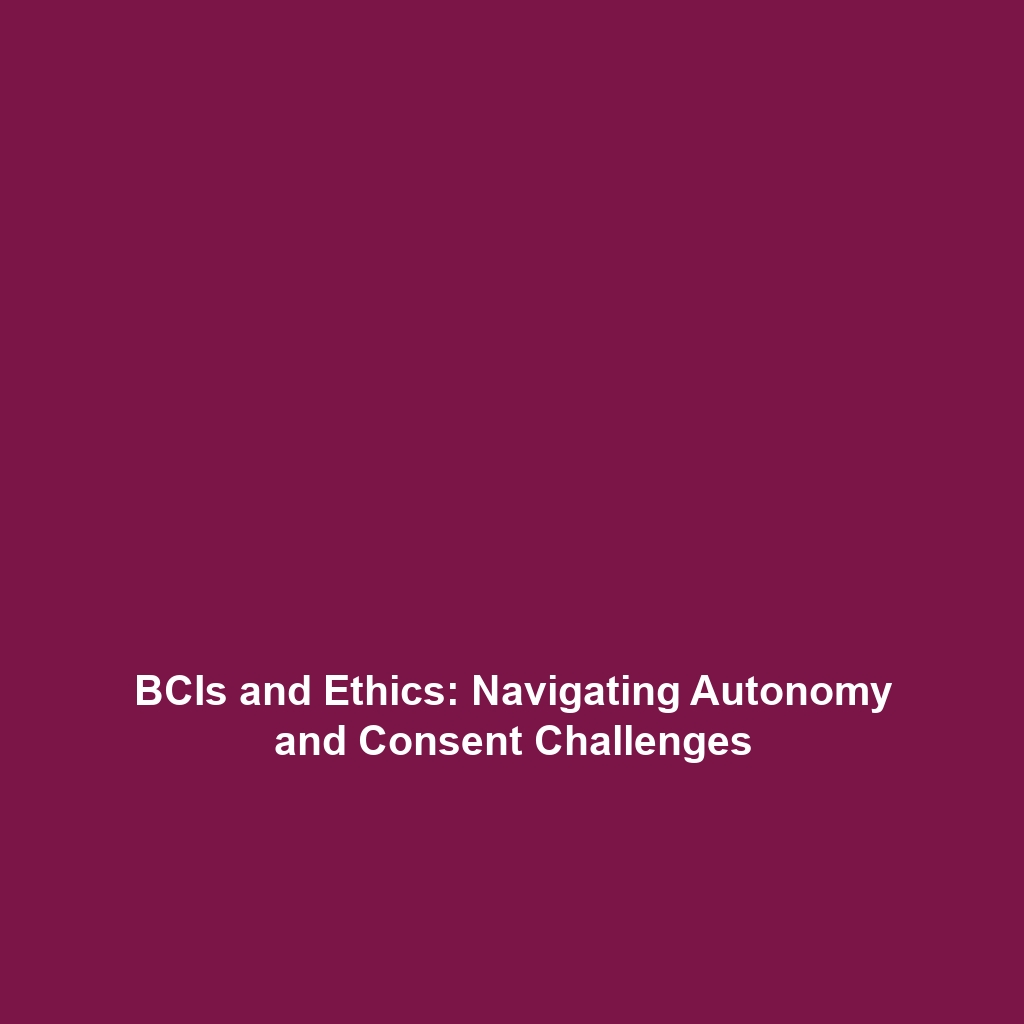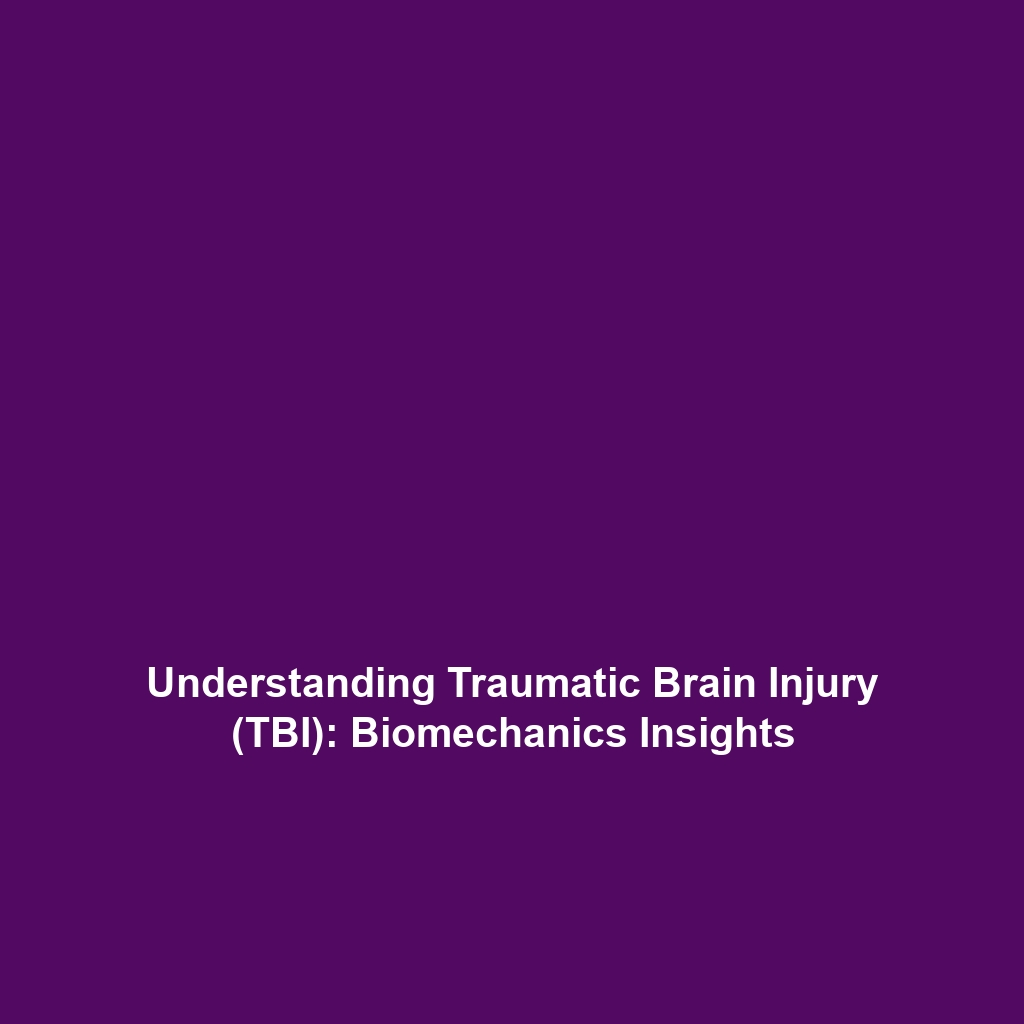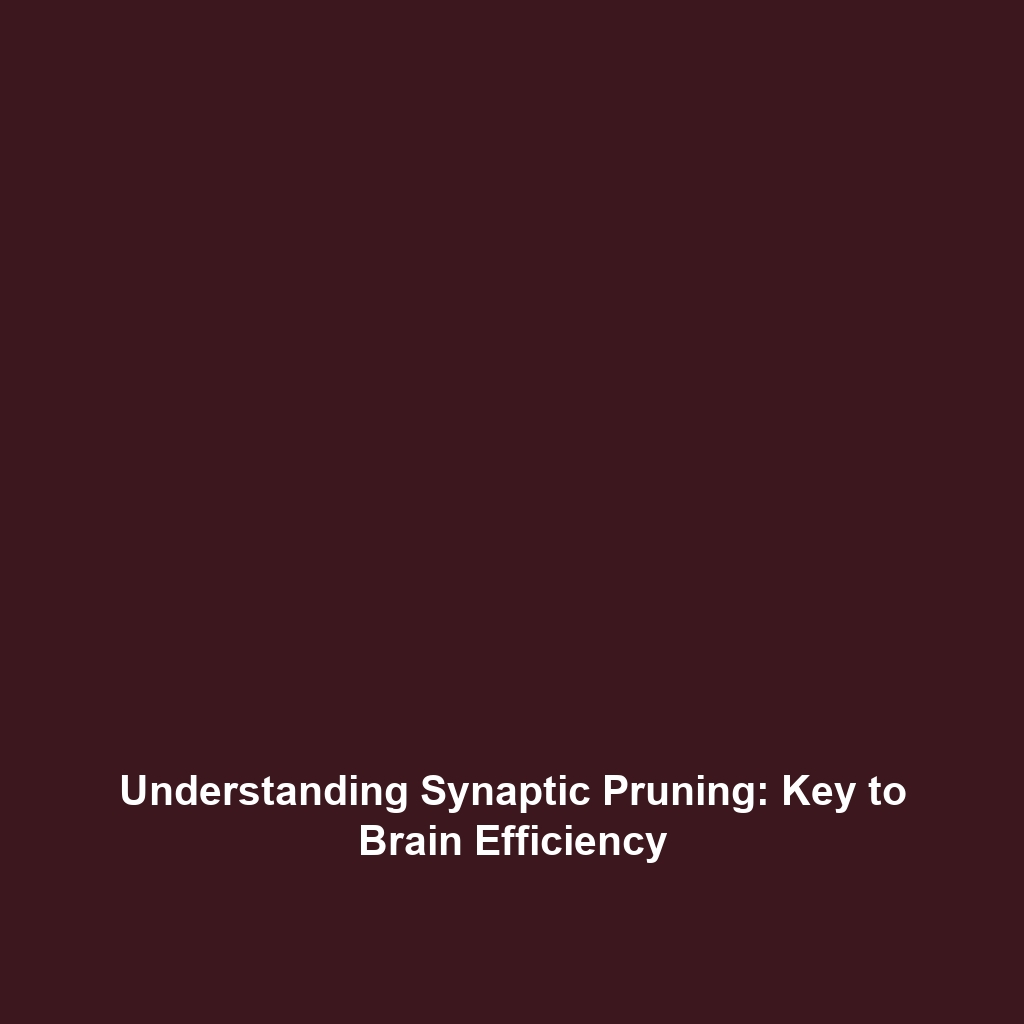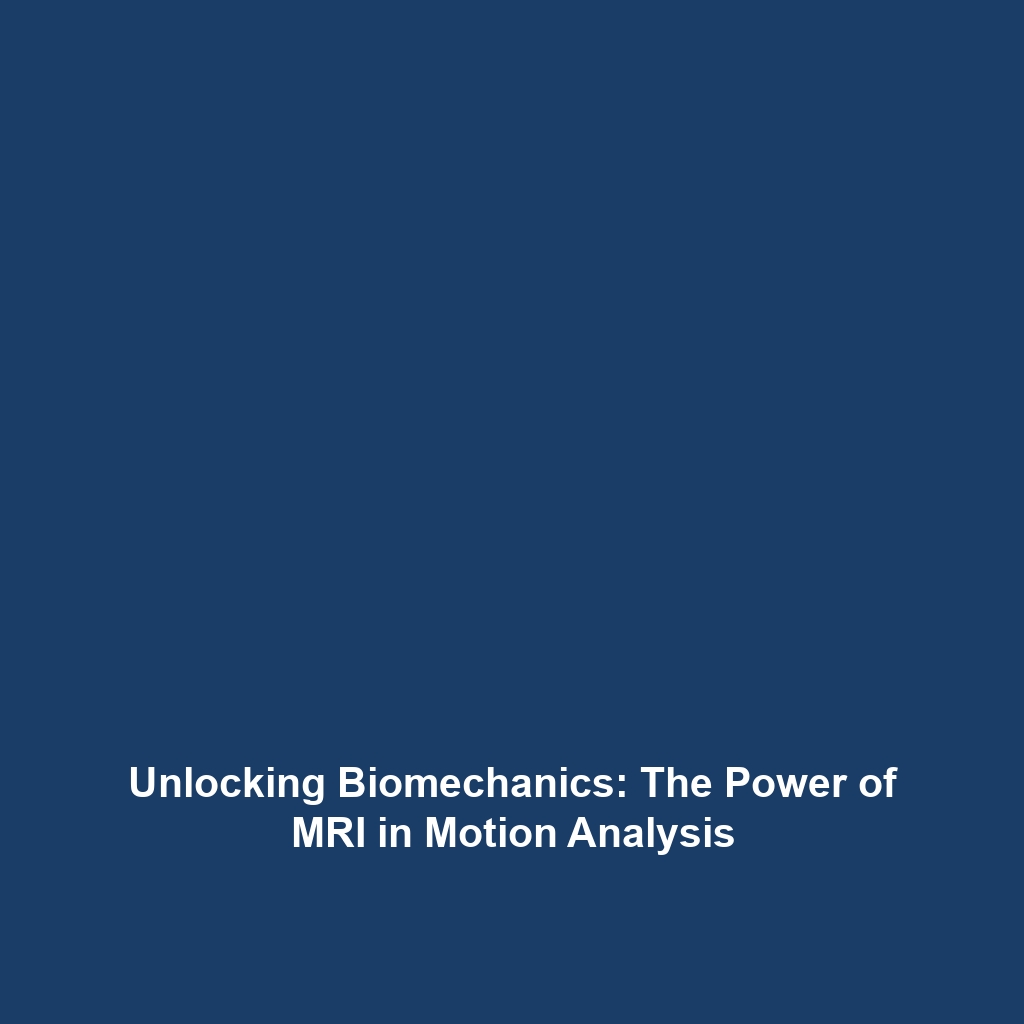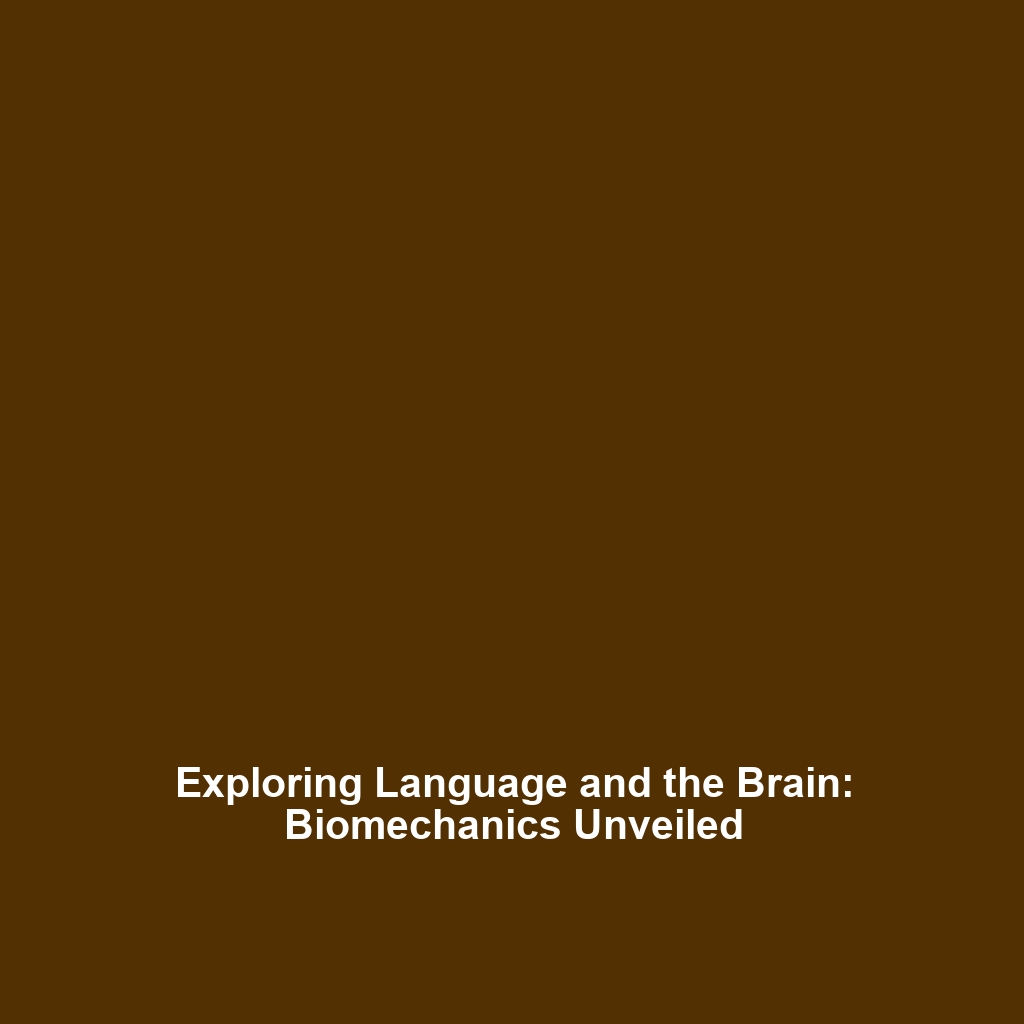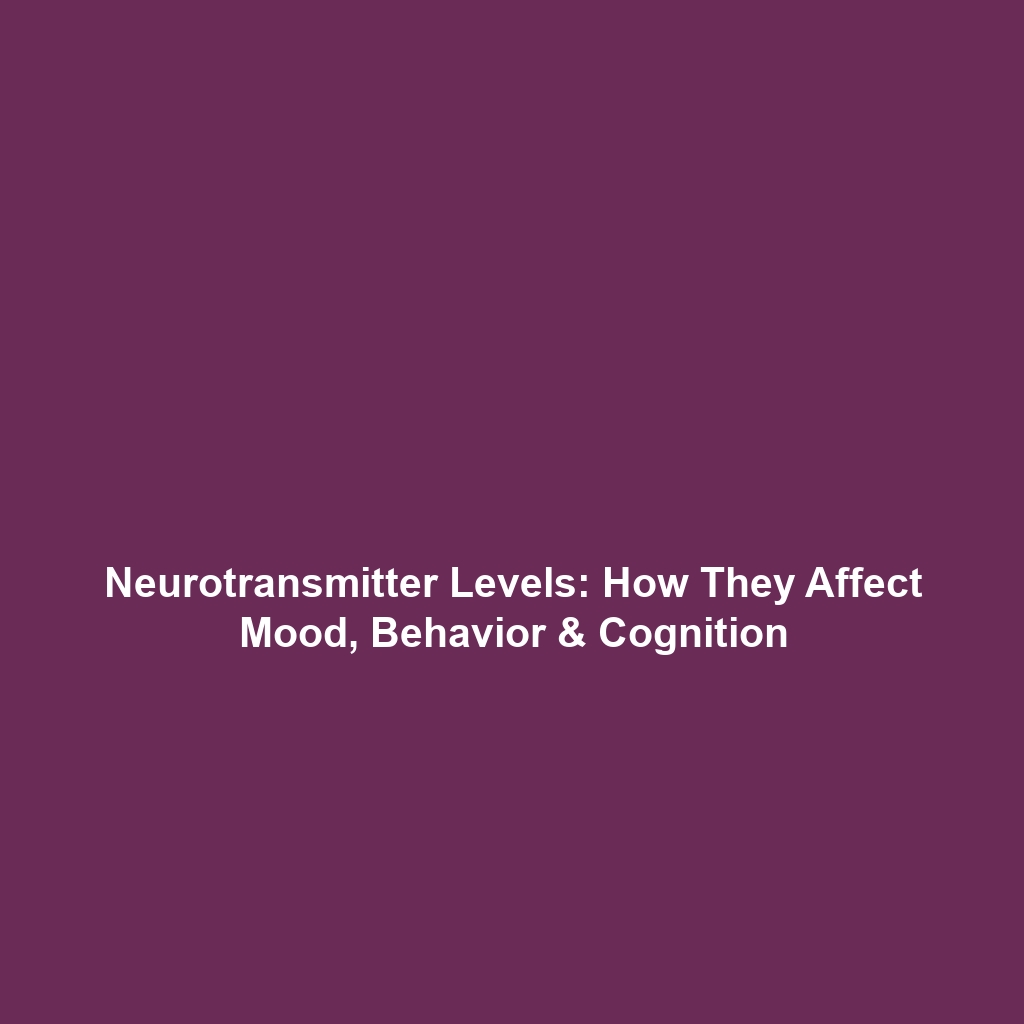Characteristics of Human Evolution: Stocky Build, Cold Climate Adaptation, and Larger Brain Size
Introduction
The characteristics of a stocky build, adaptation to cold climates, and larger brain size are crucial elements within the study of Human Evolution. Understanding these traits sheds light on how early humans adapted to their environments and can inform contemporary discussions on human biology and anthropology. These specialized adaptations are not incidental; they played an essential role in the survival and success of our ancestors in challenging climates, providing a fascinating study for researchers and enthusiasts alike.
Key Concepts
Several major concepts define the characteristics of a stocky build, adaptation to cold climates, and larger brain size:
- Stocky Build: Individuals with a robust physique may have had advantages in conserving body heat and surviving in frigid conditions.
- Cold Climate Adaptation: Anatomical features such as short limbs and a larger torso are genetically advantageous for warmth retention.
- Larger Brain Size: A more prominent brain provides enhanced cognitive functions, allowing better problem-solving and social interaction among groups.
These traits exemplify how physical characteristics and environmental pressures can drive the evolution of human capacities, including cognition and community living.
Applications and Real-World Uses
Understanding these characteristics is not merely of historical interest; rather, they have significant applications today:
- Study of Adaptations: Researchers utilize this knowledge to explore how modern humans can effectively adapt to climate change.
- Anthropological Insights: Insights from past adaptations inform our understanding of human resilience and health in extreme environments.
- Evolutionary Biology: These traits serve as a basis for comparative studies among modern populations with similar adaptations.
Current Challenges
Investigating these characteristics faces several challenges:
- Availability of fossil records limits comprehensive knowledge of human evolutionary traits.
- Interpreting adaptations requires careful scientific methodology to avoid bias.
- Modern environmental changes complicate understanding of historical adaptations.
Future Research and Innovations
Future research on the stocky build, adaptation to cold climates, and brain size will likely focus on breakthroughs in the following areas:
- Genetic Studies: Advanced genetic sequencing could uncover the genetic basis of these traits and their evolutionary trajectories.
- Computational Models: Innovations in computational simulations may enhance predictive modeling in evolutionary scenarios.
- Climate Research: Research into human adaptability in response to climate shifts continues to evolve, drawing parallels with ancient adaptations.
Conclusion
The characteristics of a stocky build, cold climate adaptation, and larger brain size are essential to our understanding of Human Evolution. These traits illustrate how our ancestors thrived in varied environments and provide important insights into contemporary human challenges. To learn more about human evolution and its implications for our future, explore related topics on our site, such as fossil discoveries and genetic research in anthropology.

